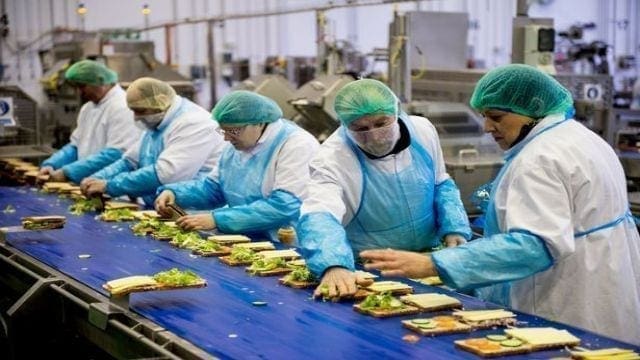GHANA – The government Ghana is constructing a 1,000-metric ton capacity warehouse under One District One Warehouse initiative to help prevent post-harvest losses and aid mass production of food crops, reports Ghana News Agency.
According to Mr Ansuar-Dean Nanjo, the Project Site Supervisor, the high capacity facility features a laboratory, security post, waiting and clearing, storeroom, office, and a fence wall.
Mr Ansuar-Dean said that the construction phase of the Project which started in august 2018 is expected to be completed in February this year as one of the seven being built across the region.
Alhaji Sulemana Alhassan, the Regional Minister, said that the completion of the facility located in one of the country’s most productive region will significantly reduce post-harvest damages.
The project, alongside other interventions, is geared towards attaining the government’s policy objective of developing Ghana beyond aid.
Post-harvest losses are major contributor threat food insecurity in the country with researchers calling for an in-depth research to quantify the losses and suggest more interventions.
The warehouses comes as part of the government’s commitment in fighting post-harvest losses, which is a major challenge to the agricultural sector.
Following the interventions and measures to insulate farmers against post-harvest losses, the government anticipates an increases in production in the sector to ensure food security.
Most often, the excess foodstuffs Ghanaian farmers produce for the market go to waste, and experts say such a situation does not aid economic development for a developing country.
Eric Banye, the National Project Coordinator, Voice for Change Partnership Programme (V4CP) earlier on said that Ghana losses almost 30 to 70% of the total harvest subsequently resulting to losses on farmers.
According to the findings of a research conducted by the Alliance for a Green Revolution in Africa (AGRA)- on post-harvest losses 11 African countries in 2013, almost half of the food crops produced in the countries do not make it to the final consumer.
The research pointed out that maize production losses reached a high of 70% of the total production, 18% post-harvest loss of cassava, while between 11 to 27% of rice never made it to the consumer.











